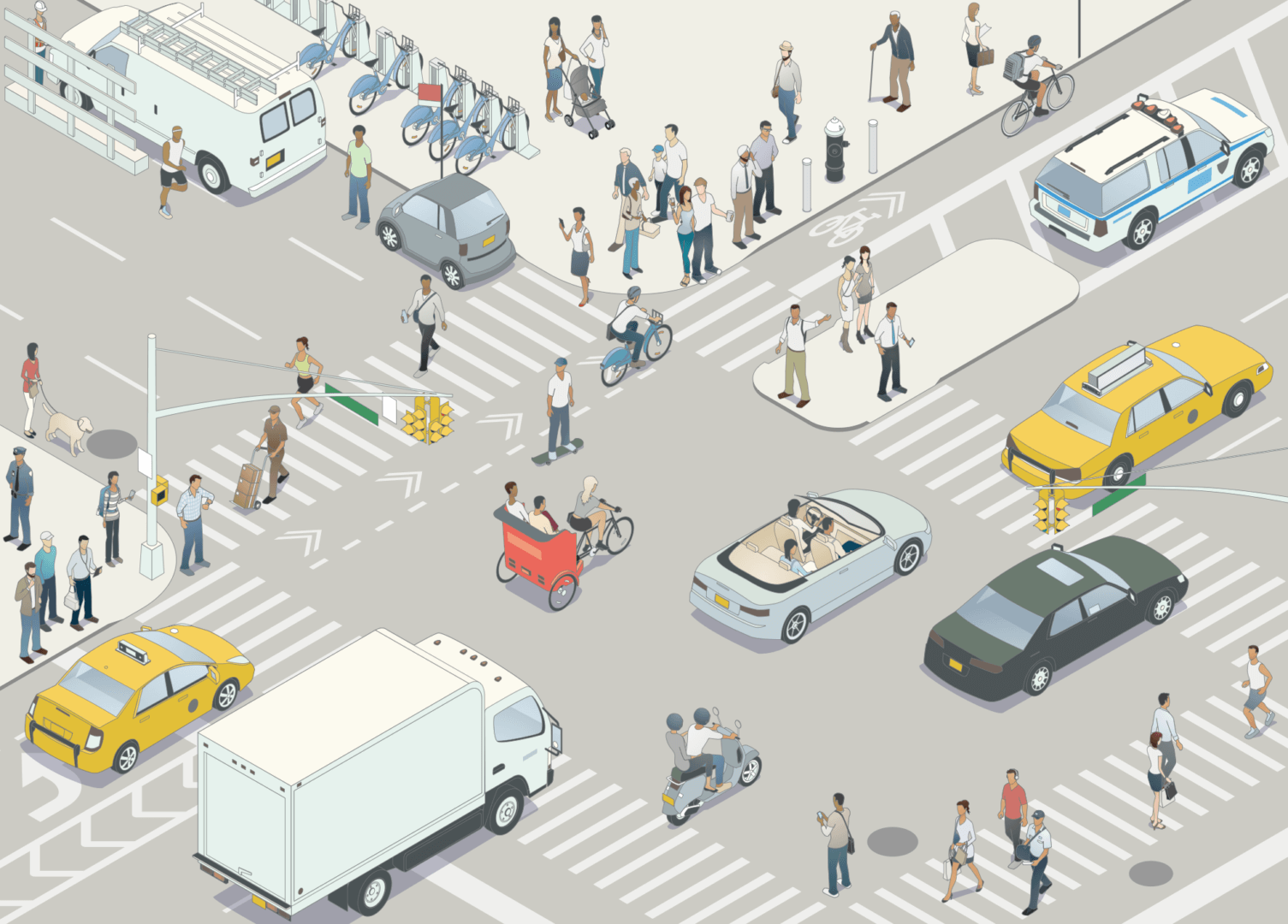The Most Hazardous Time to Drive in LA?
The most comprehensive database ever assembled on L.A. traffic is now accessible to drivers, journalists and policymakers.
Over the past year, USC Viterbi Integrated Media Systems Center Professor Cyrus Shahabi and former Professor Ugur Demiryurek partnered with veteran journalist and USC Annenberg professor Gabe Kahn to develop a platform to support data-driven journalism. The project, known as “Crosstown Traffic,” paired USC Viterbi and Annenberg students to organize and analyze streams of traffic data.
Crosstown Traffic is the first interdisciplinary collaboration between USC Annenberg and USC Viterbi, funded by a 2016 grant from the Annenberg Foundation.
THE FACTS
17,000: Number of street sensors on LA’s arteries and freeways that yielded data
2,000: Number of bus transmitters from which data was pulled
11,000: The number of trucks the data would fill if printed on paper
Fridays, 4 to 6 p.m.: The most hazardous travel hours in LA in 2016
November: The month with the highest number of traffic accidents in 2016 (17,778)
7 mph: The slowest average evening rush-hour speed found on an LA freeway (on 110 N)
11.6 mph: Slowest average speed for a morning commute (on 1-10 W at Crenshaw)
Monday: Best day to travel on a bus, with shorter delays (average 3.895-minute delay)
Friday: Worst day to travel on a bus (average 4.75-minute delay)
#794, #733, #710: LA bus routes with the greatest delays
Compiled by USC Viterbi from “Crosstown Traffic”




